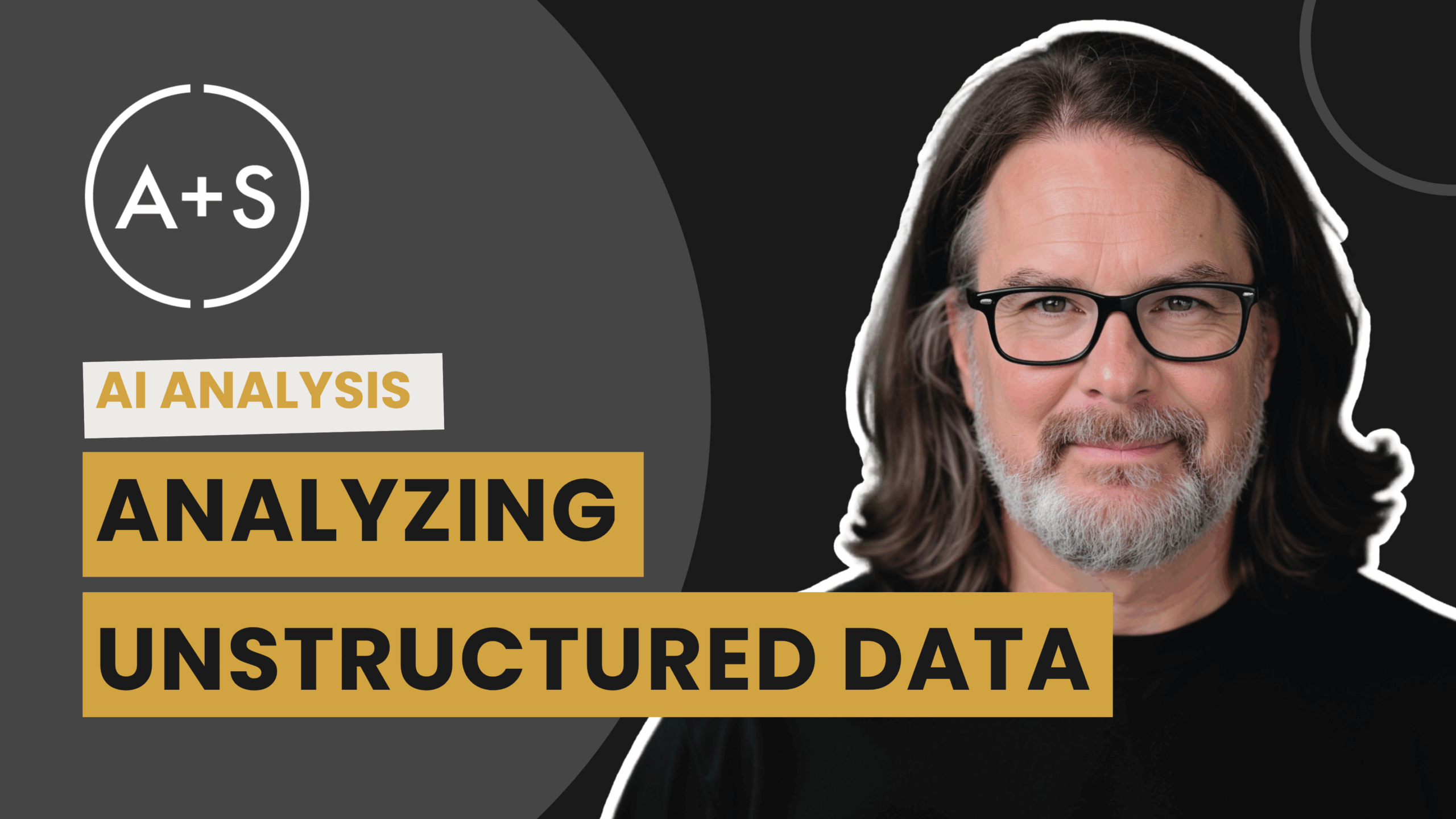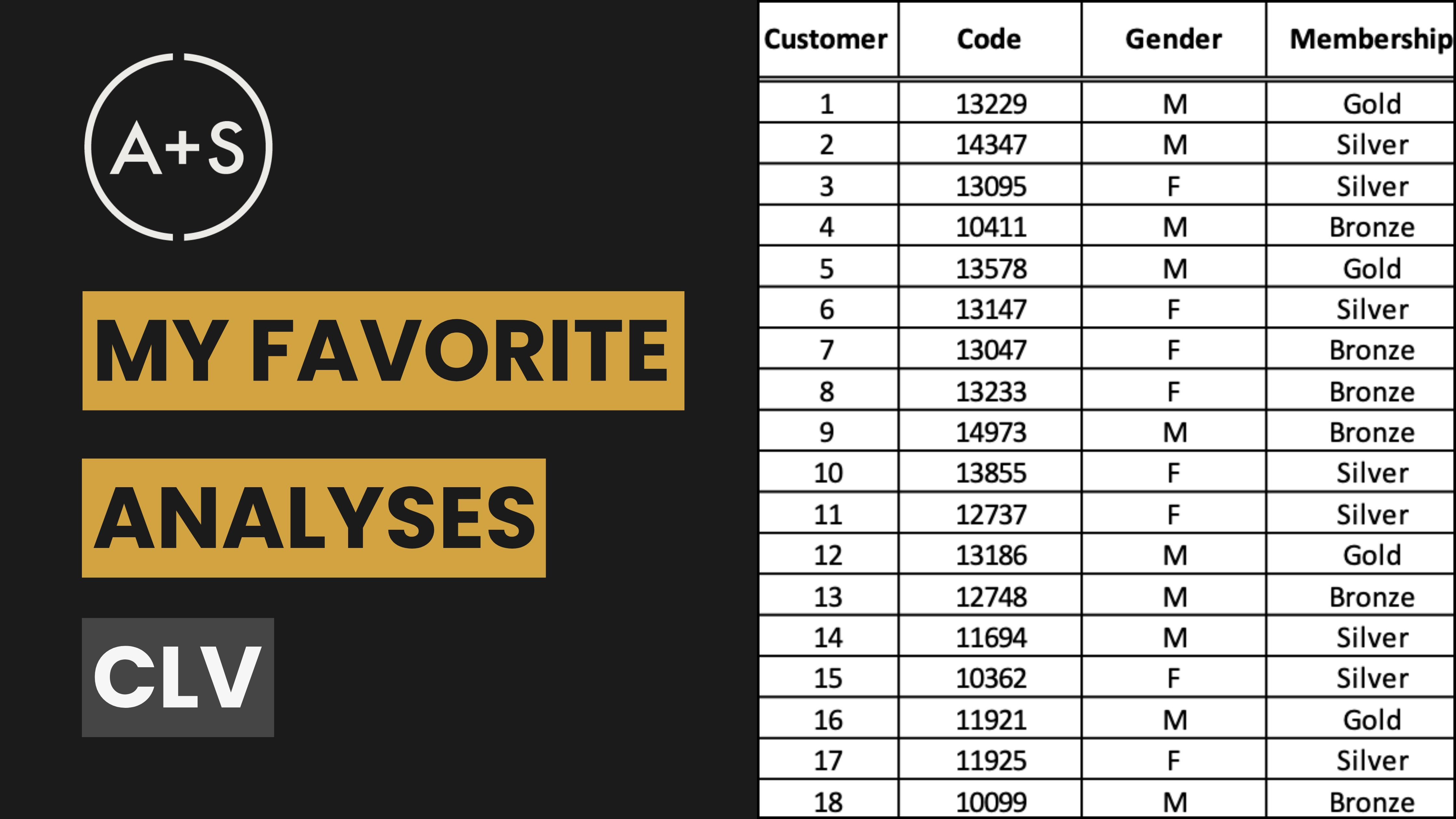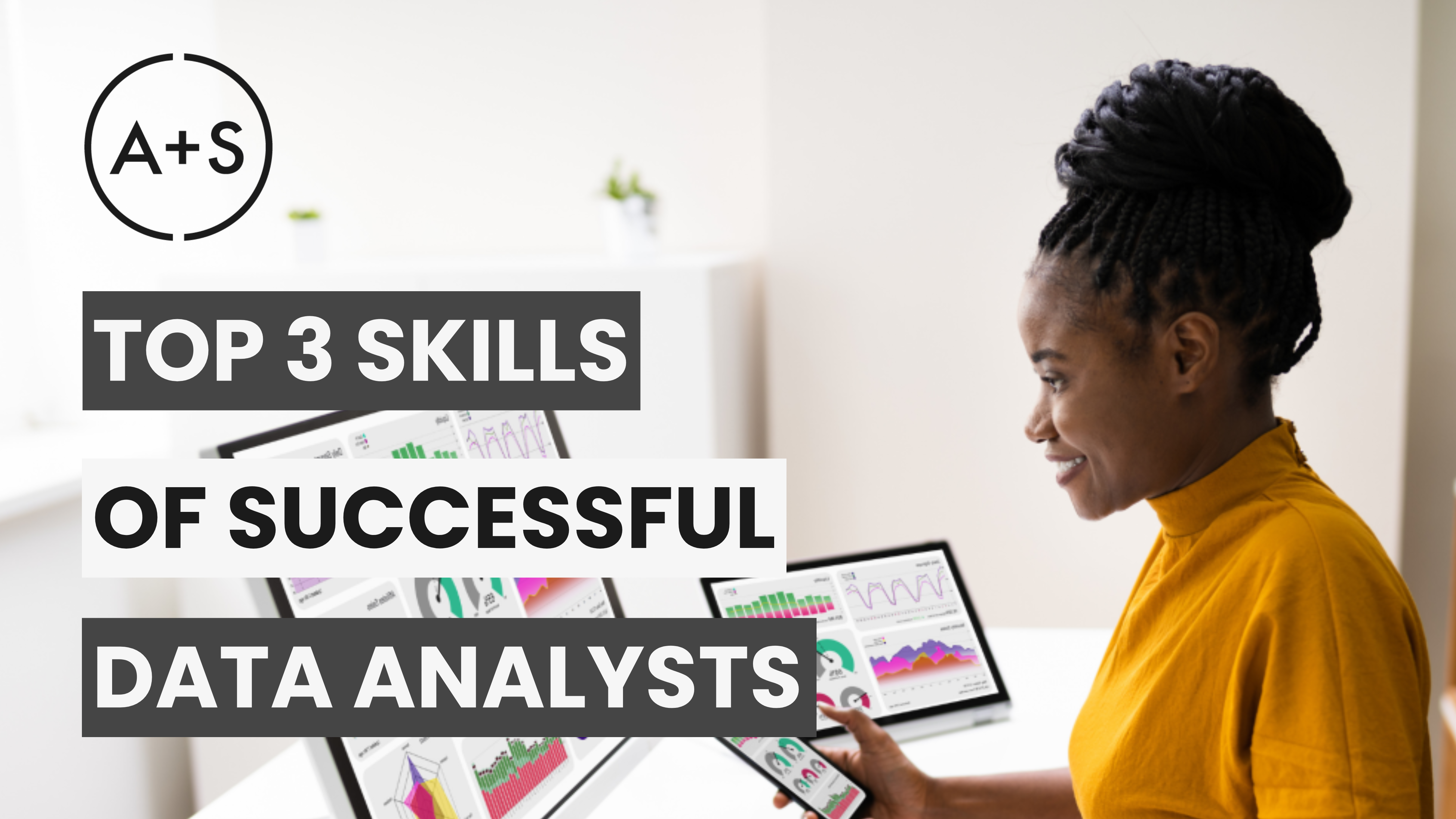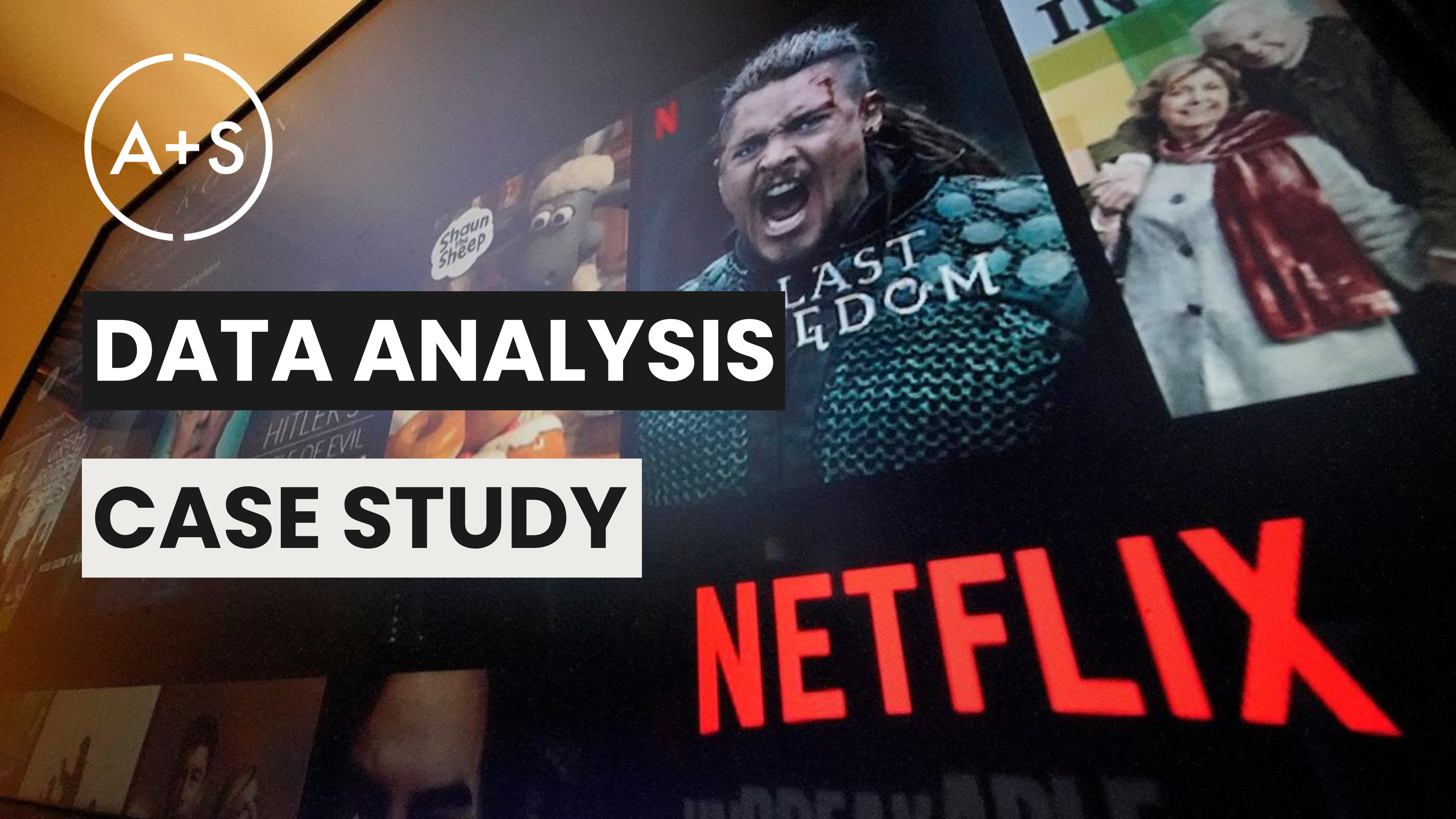For decades, the analyst’s job has been to be a historian. You receive a request. You pull the data. You explain what already happened.
“Why did sales dip in Q2?” “What was the conversion rate on last week’s campaign?”
You are the keeper of the company’s memory, expertly explaining the past. This role is a liability.
Relying on reactive analysis is like driving by looking only in the rearview mirror. It tells you where you have been. It offers zero guidance on where you are going. In a market that moves at the speed of AI, looking backward is a fatal error. Your value is no longer in explaining yesterday’s results. It is in defining tomorrow’s agenda.
In the last few newsletters, we rebuilt your professional toolkit for the age of AI. We gave you a new career map with the Human-AI Nexus, a new language with the Command Framework, and a new operating system with the InsightOS AI-augmented workflow. Now, we activate these ideas. It is time to shift your function entirely, moving from reactive historian to proactive innovator.
THE CORE CONCEPT
The most valuable insights are not in your databases. Your structured data — sales figures, web analytics, performance metrics — is clean, organized, and visible. It is also a commodity. Every one of your competitors has a version of it. True competitive advantage lies buried in the messy, chaotic, and abundant world of unstructured data.
Think of your structured data as a detailed map of a city. It shows you every street, every building, every intersection. It is essential for navigation. It tells you what is. But it tells you nothing about the life happening inside the city. It has no knowledge of the conversations — the needs, the frustrations, the brilliant ideas — being shared on every street corner.
Unstructured data is that conversation. It is the torrent of customer reviews, the transcripts of support calls, the chatter in Reddit communities, the feedback in App Store comments. It is the authentic voice of your market. Historically, this data was too vast and noisy for any single analyst to process. It was a firehose of opinion that was impossible to drink from. Pulling a sample led to unavoidable bias.
AI changes this equation completely. Large Language Models are your universal translators for this chaos. They are the tool that allows you to listen to every conversation at once. They can systematically tap into unstructured sources, extract nascent themes, and generate novel business opportunities. You are no longer just a map-reader. You are now the city’s most informed resident, able to predict its next move because you are the only one truly listening.
THE STRATEGIC FRAMEWORK
Mining for these insights requires a deliberate process. It is not about aimlessly feeding data into a prompt. It is about a structured hunt for signal in the noise. The framework has three pillars.
- Gather Multiple Sources. A single source of feedback is an anecdote. A theme that appears across multiple, independent sources is a pattern. Do not limit your listening to your own support tickets. You must triangulate across owned channels (CRM data, chat logs), public platforms (social media, review sites), and competitor forums. The goal is to find the points of thematic intersection. When customers on G2, users on Reddit, and prospects in sales calls all mention the same friction point, you have found gold.
- Search for Themes with AI. This is where you deploy the LLM. Your objective is not simple sentiment analysis. A “positive” or “negative” label is useless. You need to go deeper. Your prompts should command the AI to act as a research analyst, clustering raw text into specific, actionable categories like user frustrations, unmet needs, requested features, and jobs-to-be-done. The AI’s job is to convert thousands of lines of raw text into a clean, structured summary of market demand.
- Generate AI-Powered Hypotheses. The extracted themes are your raw material. Feed these validated themes back into the LLM and prompt it to generate testable business hypotheses. If the AI identified a recurring theme of “checkout process is confusing,” you command it: “Given the theme of checkout confusion, generate three distinct A/B test hypotheses to improve cart completion rates.” This transforms a passive observation into a proactive, testable strategy.
THE ANALYST’S PLAYBOOK
This approach moves you from Data Processor to Opportunity Creator. Here is your playbook for putting it into practice today:
1. Map Your Listening Posts. Open a document. List five sources of unstructured data for your business. Include at least one internal source (e.g., support tickets), one public product source (e.g., App Store reviews), and one community source (e.g., a relevant subreddit).
2. Establish a Collection Cadence. For each source, define how often you will collect the data. High-volume sources might be daily; lower-volume sources like G2 reviews might be weekly. Automate this collection where possible.
3. Deploy the “Theme Finder” Prompt. Use a precise prompt to analyze the raw text from each source. Start with this template and adapt it as your data requires:
<role>
Act as a product research analyst specializing in synthesizing qualitative user feedback into actionable business intelligence themes.
</role>
<instructions>
I will provide you with a set of customer reviews. Your task is to analyze them and structure the output in two parts.
Part 1: Review Breakdown Analyze each review and pull out the following four key pieces of information. Present this part as a Markdown table with columns for each:Main Problem: The single biggest issue or frustration mentioned.
Suggested Solution: Any feature or fix the user suggested.
Positive Highlight: The specific thing the user praised.
Key Quote: The single sentence that best summarizes the user's feedback.
Part 2: Executive Summary After the table, provide a short, bulleted summary that answers these two questions:
What are the top 2-3 most common problems you found across all reviews?
Based on everything, what is the single biggest opportunity for the business?
</instructions> <data to analyze>
[paste customer reviews here]4. Synthesize Across Sources. Run your prompt on each data source. Now, look for the overlaps. Which frustration appears in both support tickets and Reddit threads? Which feature request is mentioned in your app reviews and in sales call notes? This overlap is your signal. This is what matters most.
5. Deploy the “Hypothesis Generator” Prompt. Take your strongest signal—the theme that appears across multiple sources. Use a new prompt to weaponize it.
<role>
Act as a seasoned Growth Strategist. You are an expert at converting qualitative user feedback into a portfolio of data-driven growth experiments. You think creatively but are relentlessly focused on measurable outcomes.
</role>
<context>
I have analyzed customer feedback and identified a recurring critical theme. Your task is to transform this single theme into a diverse portfolio of testable business hypotheses. The core customer theme is: "[Identified Signal]"
</context>
<instructions>
Generate three distinct hypotheses to address the theme above. Each hypothesis must represent a different strategic approach: a Quick Win (low effort), a Core Product Bet (high effort), and a Disruptive Idea (creative).
For each hypothesis, provide:
Hypothesis Statement: Frame it using the "If we... then..." structure.
Primary Metric: The single, quantifiable metric for success.
Key Assumption: The belief that must be true for this to work.
</instructions>6. Validate the Hypothesis. The AI has given you the idea. Now, build the business case. If a hypothesis targets cart abandonment, use your structured analytics data to quantify the size of the prize. How many users are currently abandoning? What would a 10% improvement be worth? Attach a dollar value to the idea.
7. Deliver Your Findings. Package your recommendation. Lead with the hypothesis, not the data. Present the quantified opportunity. Show the evidence from the unstructured data (the Key Quotes). You are no longer presenting a report on the past. You are delivering a data-backed plan for the future. You are setting the agenda.
FINAL THOUGHT
The evolution of your role is complete. You have moved from Operator to Innovator. You have the skills, the workflow, and now the mandate. The work is no longer about finding answers in the neat columns of a database. It is about finding opportunities in the messy reality of human language.
This process does not remove your judgment; it elevates it. The AI generates the possibilities. You provide the critical thinking, the business context, and the final validation. The future of analysis is proactive, not reactive. You are now the engine of what’s next.
Keep Analyzing!




